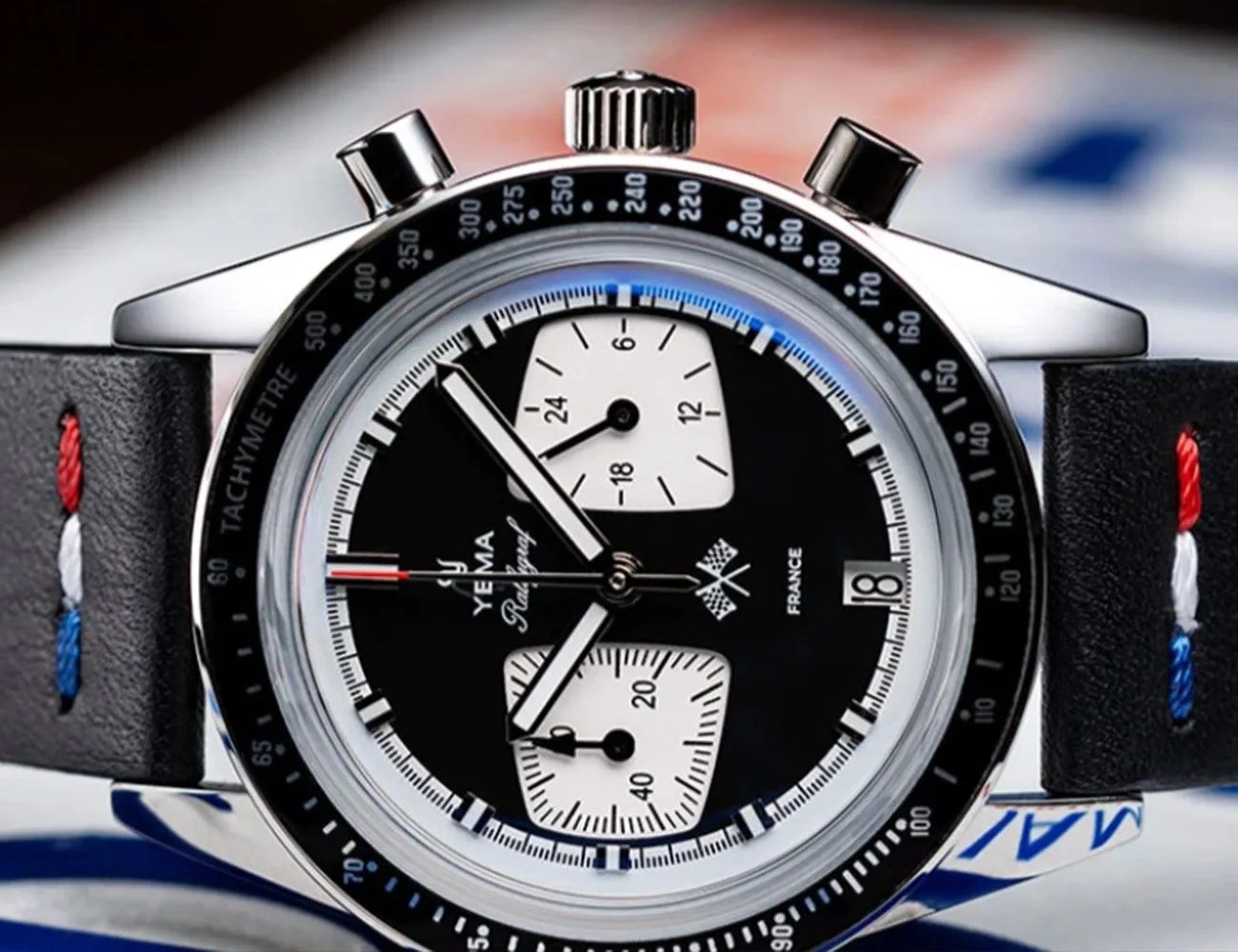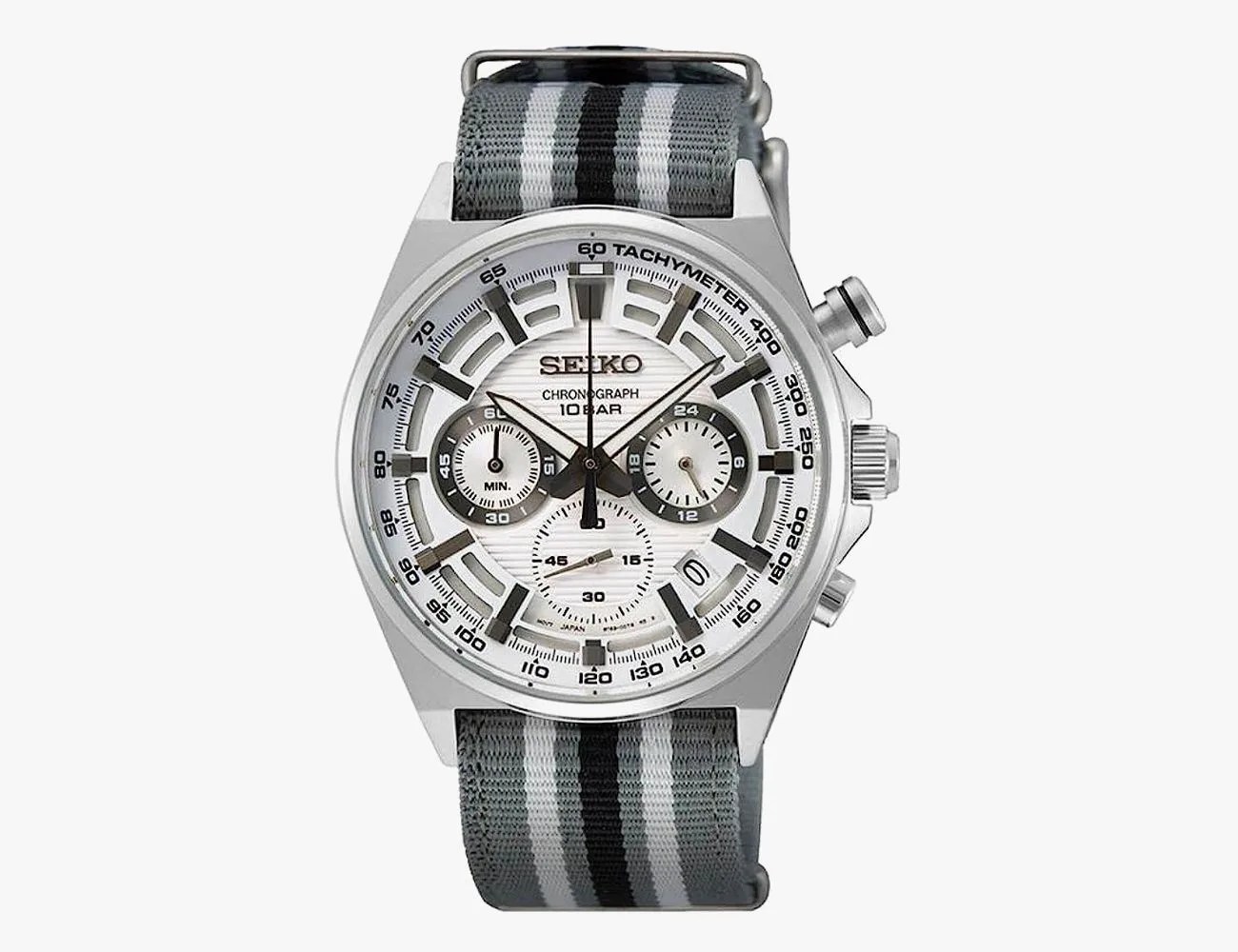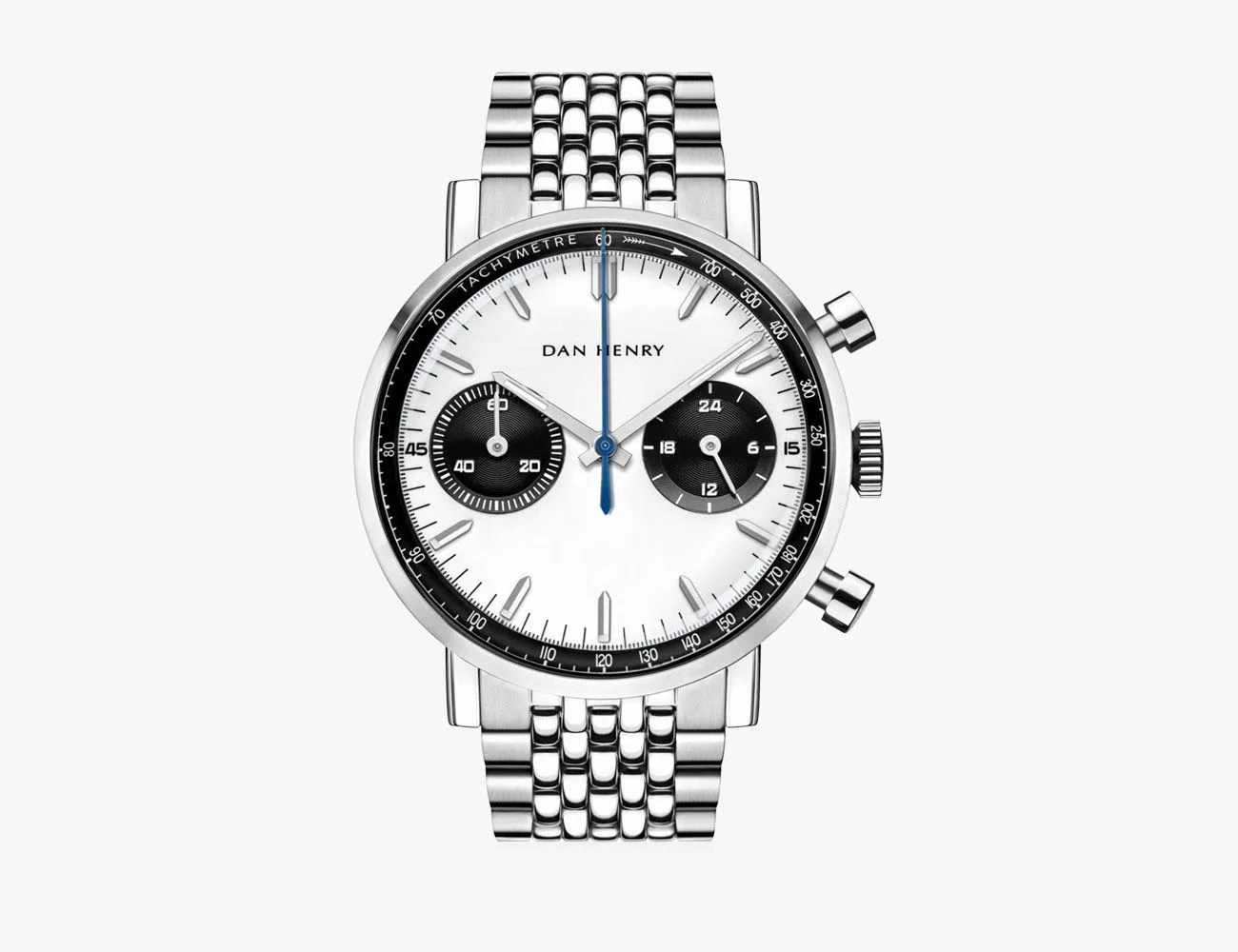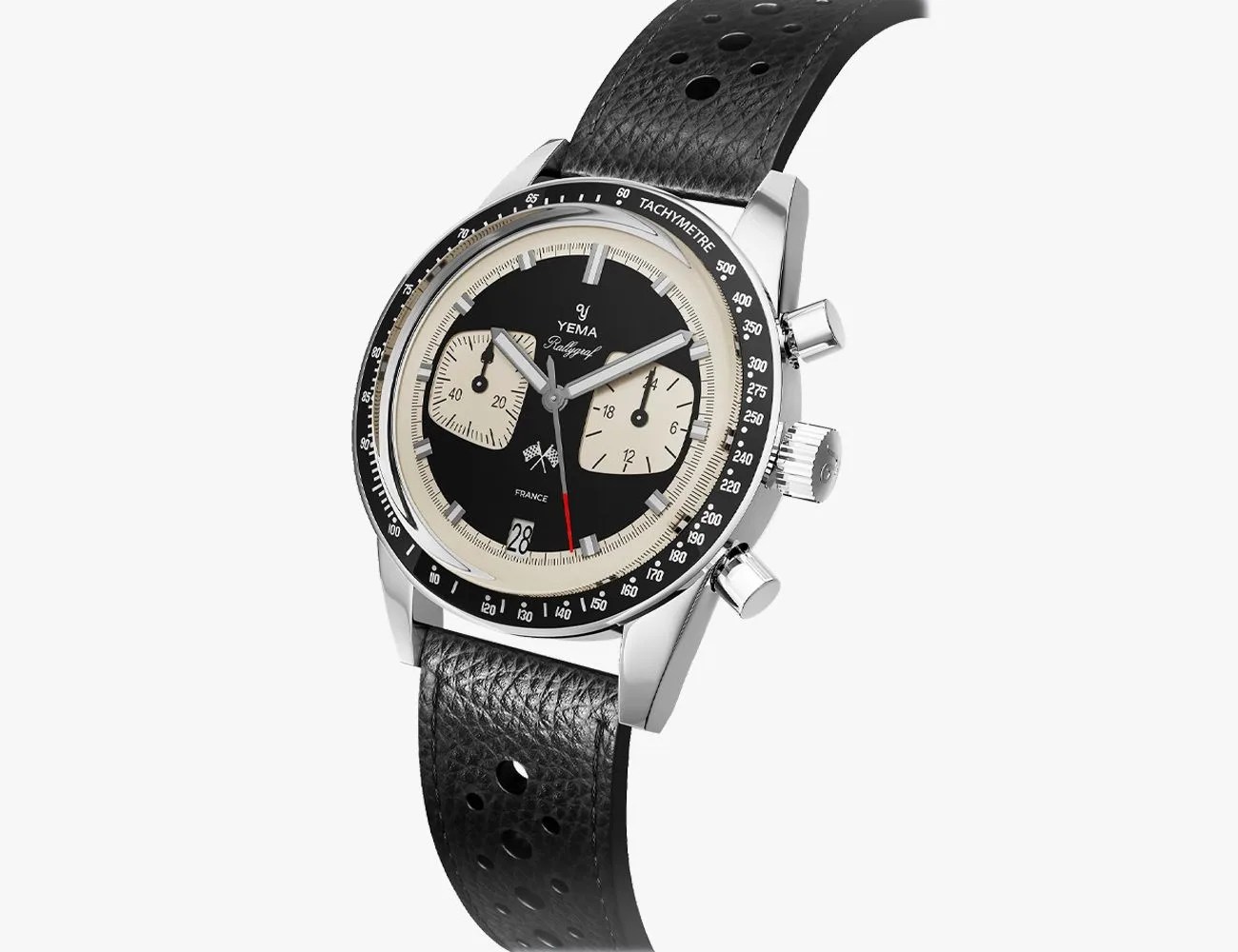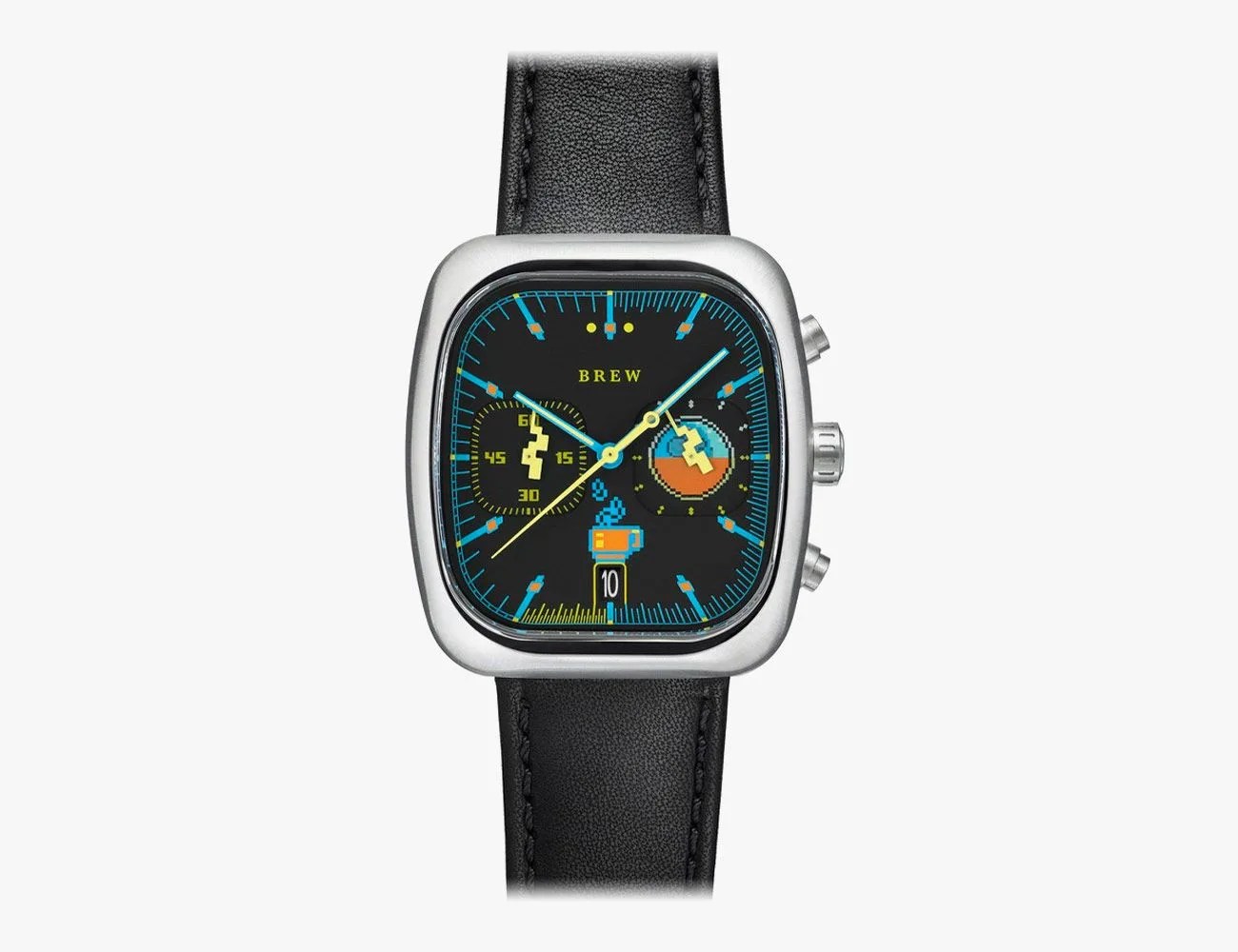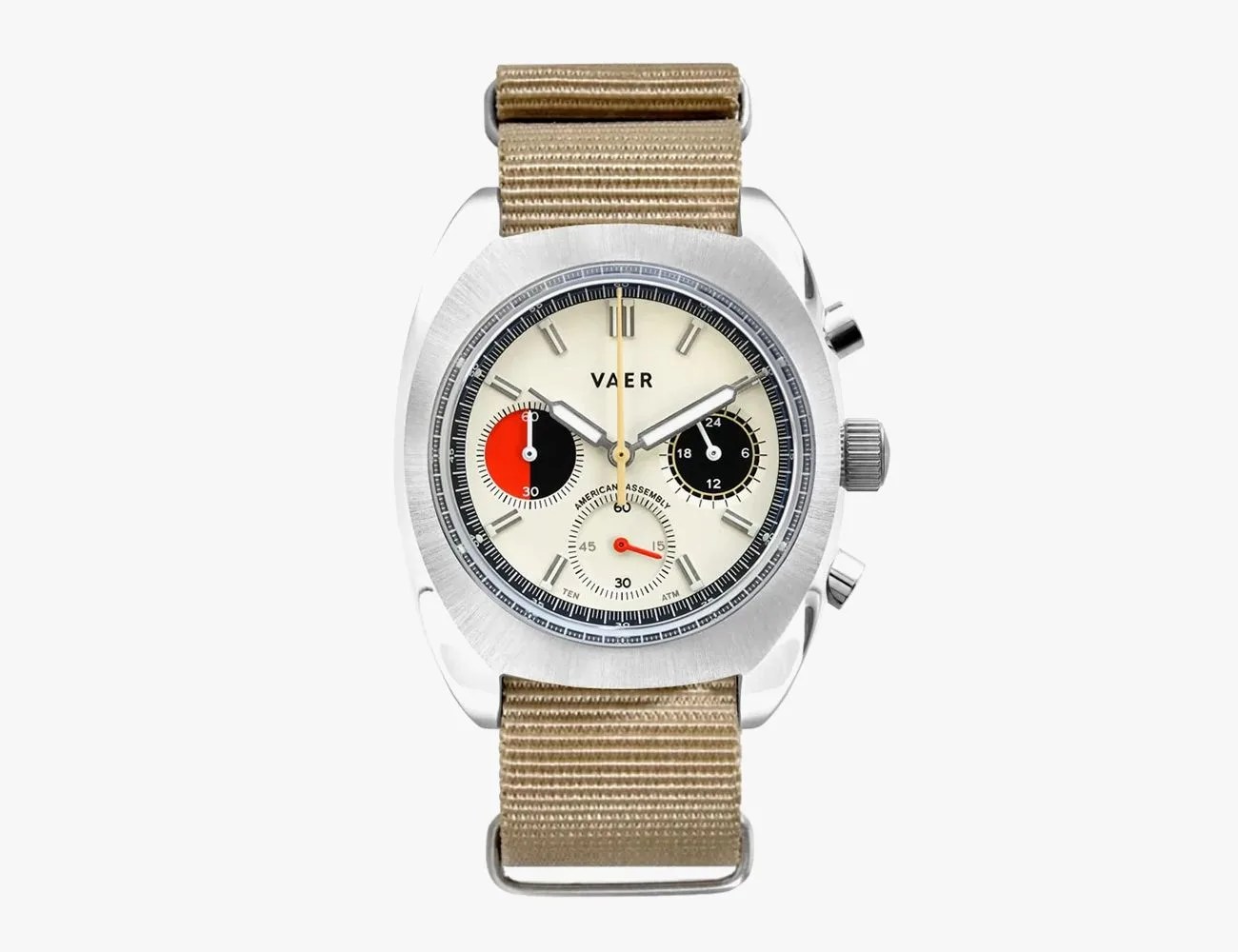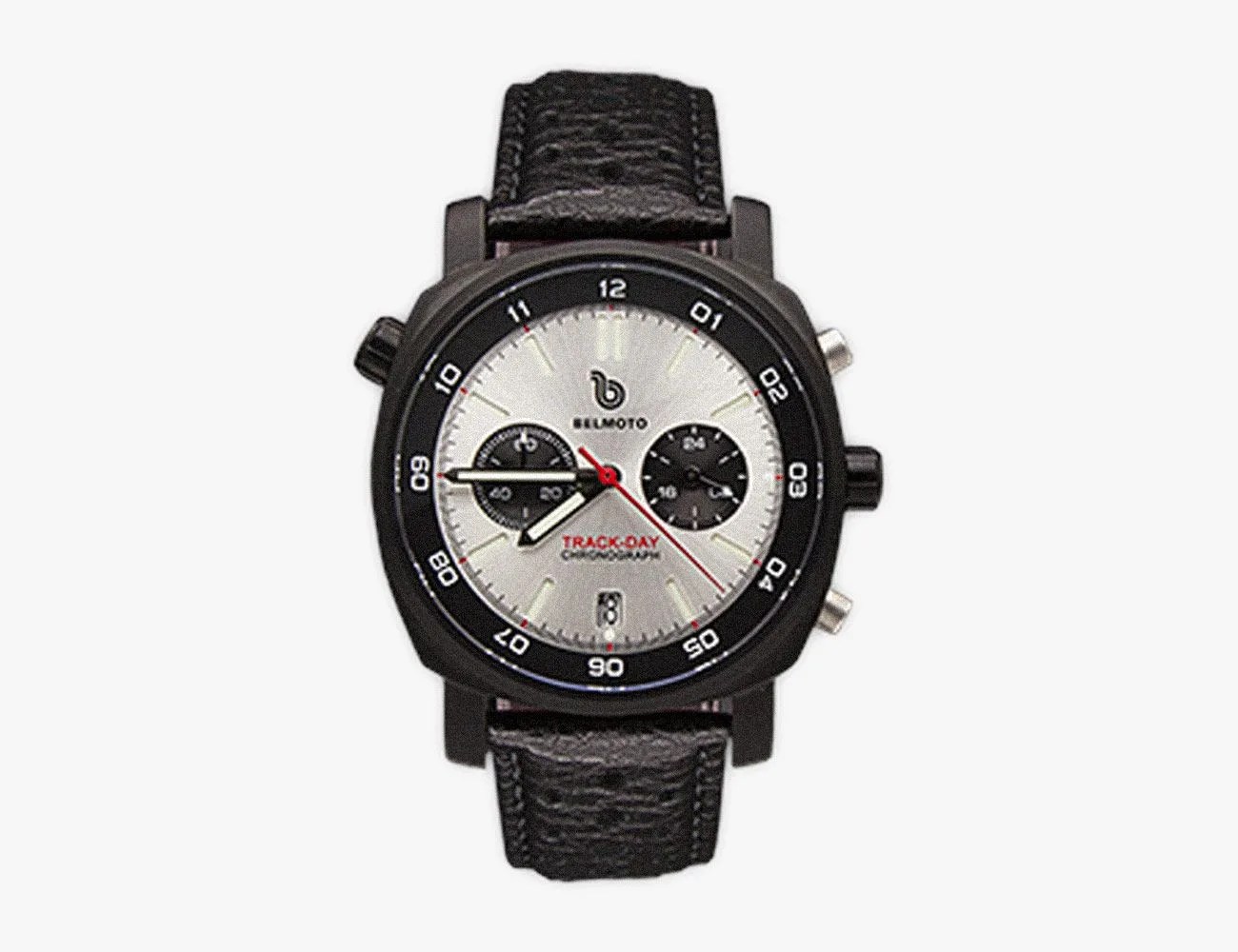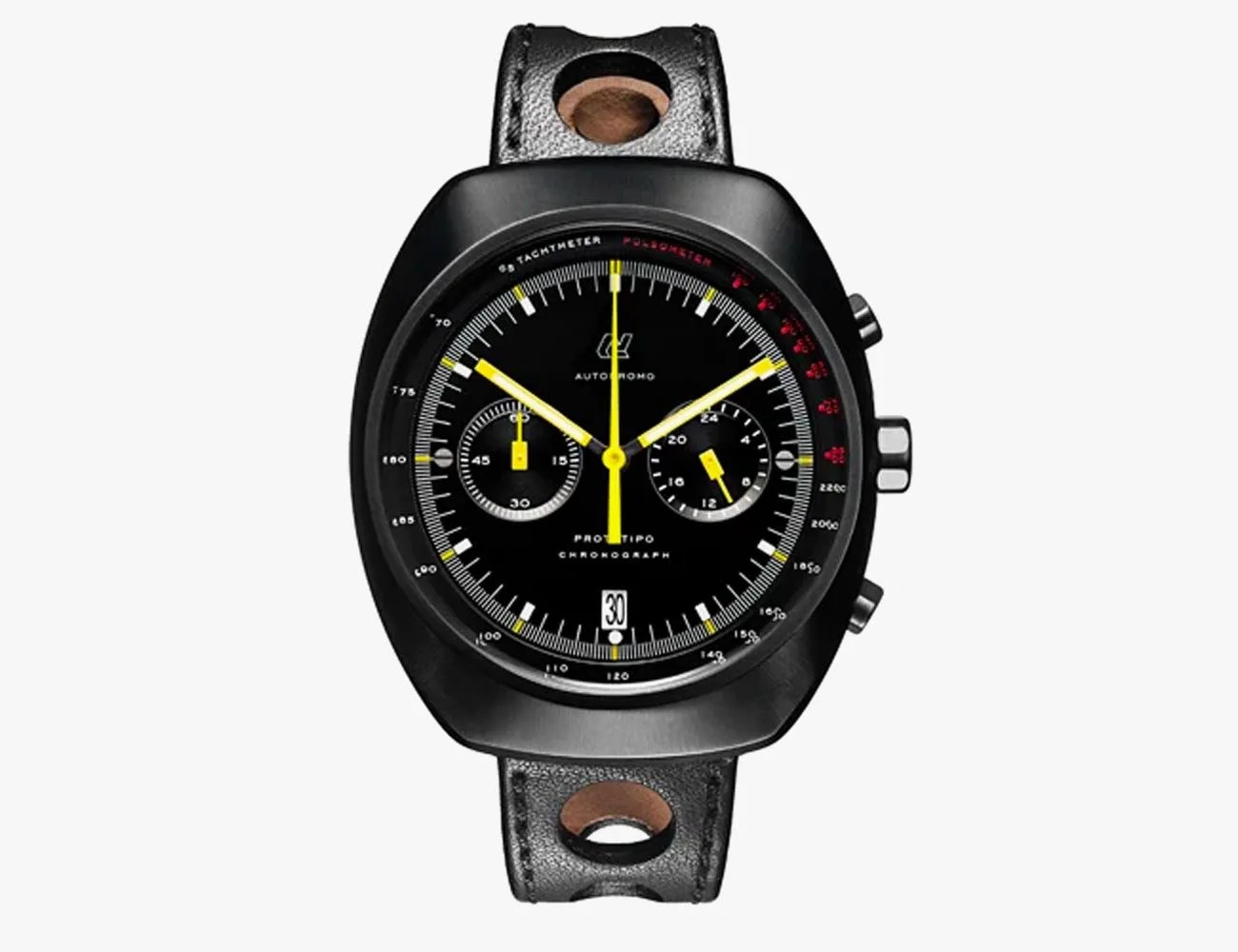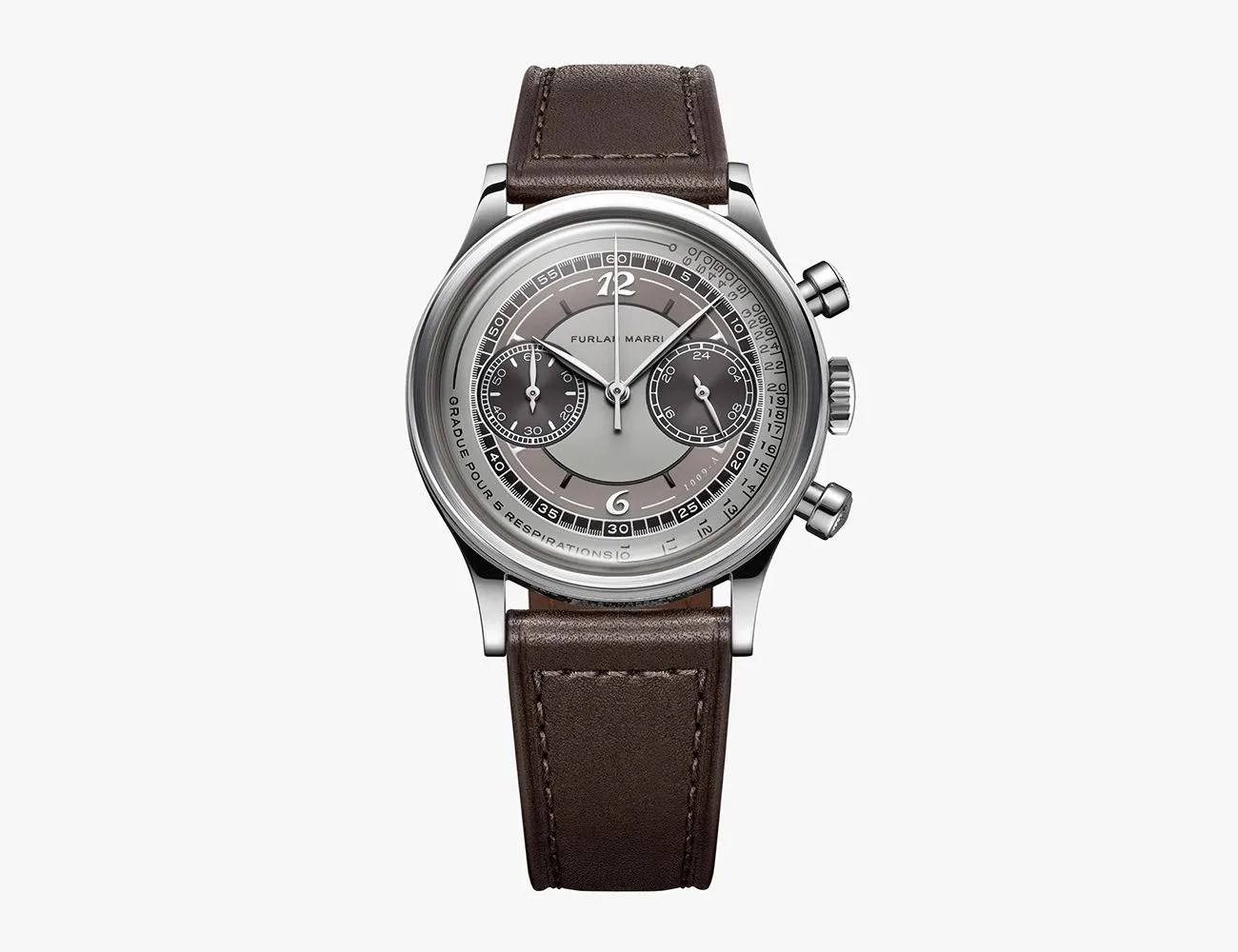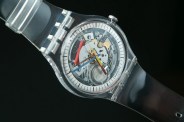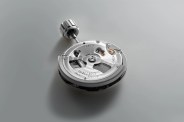In watch spheres, the quartz vs. mechanical debate is contentious. On one hand quartz is, technically speaking, better in every measurable regard: more affordable, more accurate, easier and cheaper to produce and maintain. On the other hand, mechanical watches are ostensibly more interesting with their link to history and clever system of gears, operating completely free of electricity. Neither side is right or wrong, and both have their merits. But what if enthusiasts could have the best of both worlds — in the beloved chronograph, no less?
Products in the Guide
-
SEIKO Sport Watch SSB401P1, White, Nylon Strap
Read more -
Dan Henry 1964 Gran Turismo Chronograph
Read more -
Yema Rallygraf
Read more -
Brew 8-Bit
Read more -
Vaer R1 USA Racing Chronograph
Read more -
Hemel HFT20
Read more -
Belmoto Track Day
Read more -
Autodromo Prototipo Chronograph
Read more -
Furlan Marri Mechaquartz
Read more
While those looking for the “feel” of a mechanical watch have a variety of affordable, basic three-hand options, the mechanical chronograph is a “complication” and uses an intricate movement that requires more time and money to engineer, as well as significantly more tiny, precise components — and they tend to be expensive.
Quartz chronographs, however, are relatively simple to engineer. In a standard quartz watch, the electrical signal given off by the battery and quartz crystal drive a stepper motor. To add the chronograph function, more stepper motors are added to drive each hand on the chronograph movement. And in addition to being accurate and affordable, a stepper motor can pulsate at a very high frequency, allowing the chronograph to measure very small fractions of a second.
The downside? The quartz chronograph loses out on the so-called mechanical feel. For one, the pushers on a quartz chronograph lack the satisfying click of a mechanical’s. What’s more, a quartz chronograph’s hands slowly sweep back to the zero position when they reset, a process that takes a few seconds, whereas a mechanical chronograph instantly resets to zero.
